Semi-industrial cattle farming model of people in Tan Nguyen commune, Yen Binh district. |
In the agricultural economic structure of the province, livestock farming has long played a key role, creating sustainable livelihoods for tens of thousands of households. In the face of market fluctuations, epidemics and natural disasters, Yen Bai's livestock industry has maintained a stable growth momentum. A clear demonstration is that in the first 5 months of the year, the province's total livestock herd reached nearly 900,000 heads, up 7.5% over the same period last year; the total poultry herd reached nearly 7.8 million heads, up 4%. Along with the increase in herd size, the output of fresh meat for slaughter also increased sharply, estimated at 41,150 tons, reaching 47.3% of the yearly plan, up 19.8% over the same period.
One of the bright spots of the livestock industry is the development of local specialty products. Native livestock breeds such as: highland black chicken, native pigs, and ducks all achieved a fairly high rate compared to the plan, not only contributing to increasing product value but also affirming the right direction in creating competitive advantages.
Mr. Ninh Tran Phuong - Deputy Head of the Department of Animal Husbandry, Veterinary and Fisheries, Department of Agriculture and Environment emphasized: "Focusing on developing local specialty livestock breeds not only helps diversify products but also creates a unique competitive advantage for livestock farming. This is the direction that we will continue to encourage and support to increase economic value for farmers, while preserving valuable local genetic resources."
The aquaculture sector also recorded positive signals. The whole province maintained and effectively developed 2,320 fish cages (exceeding the plan by 0.9%). Aquaculture seed production grew well, especially the shift to semi-intensive and intensive farming of high-value aquatic specialties such as catfish, American catfish, spiny soft-shell turtles and cold-water fish. The potential of Thac Ba Lake's aquaculture is also being promoted and exploited in association with tourism .
These results cannot be achieved without the "midwife" role of policies and close direction of all levels and sectors. In particular, support policies under Resolution No. 69 and Resolution No. 05 of the Provincial People's Council have been effectively implemented.
A typical example is the project to develop production linked to the value chain, linking production with consumption of Hoa Cuong hill chicken products in Tran Yen district, contributing to stabilizing the output of high-quality products.
The province has also supported the development of 450 livestock farms towards specialty and organic products; of which, 176 facilities have been accepted and 121 facilities have disbursed with a total cost of nearly 2.9 billion VND.
Attention has been paid to the improvement of cattle herds, with 3 cooperative groups raising buffalo and cows receiving artificial insemination support. At the same time, disease prevention and control work has been carried out vigorously, with timely distribution of vaccines and disinfectants.
However, in the bright picture of the province's livestock industry, there are still some dark tones and "bottlenecks" that require focus on solving. The biggest and most constant worry is still the "ghost" of disease. The re-emergence of African swine fever in Tram Tau in May has shown that the pathogen is still circulating and the risk of spreading is high.
Specifically, from early April to mid-May 2025, the epidemic occurred in 13 households in Ta Ghenh and Hang Tay villages (Pa Lau commune), with 47 pigs infected, 27 dead and over 1 ton of pigs destroyed. Although the authorities responded promptly, thoroughly controlling the epidemic is still a big challenge - mainly due to the characteristics of small-scale, scattered farming in the highlands, where conditions for implementing biosecurity measures are limited. The vaccination rate for pigs is also not high.
In addition, the lack of specialized veterinary staff at the commune level, the lack of specialized aquatic staff in the districts, along with infrastructure shortcomings such as the lack of centralized slaughterhouses, have significantly affected disease control and product quality. In terms of market, Yen Bai still lacks large enterprises participating in purchasing, processing and consuming products, especially in the aquatic sector.
To remove these "bottlenecks", the province needs to focus on disease prevention, especially strengthening surveillance, vaccination and raising people's awareness of biosafety. At the same time, promoting the transformation of livestock farming models from small-scale to farms and ranches applying advanced technology, aiming for safety, organic and environmentally friendly. Investment in building centralized slaughterhouses and processing facilities also needs to be prioritized to increase the added value of products. Along with that, supplementing specialized human resources and promoting digital transformation will help improve management efficiency, traceability and increase competitiveness for the livestock industry in the new period.
The livestock industry has made significant progress, contributing positively to the province's economic growth in the first months of 2025. However, to develop sustainably and exploit its full potential, it is necessary to have the joint efforts of the government, businesses and people to completely resolve the remaining "bottlenecks", especially the work of disease prevention and control and increasing product value - the key factor for livestock to truly become a lever for agricultural economic development.
Thong Nguyen
Source: https://baoyenbai.com.vn/12/351002/Chan-nuoi-hai-be-vui--lo.aspx


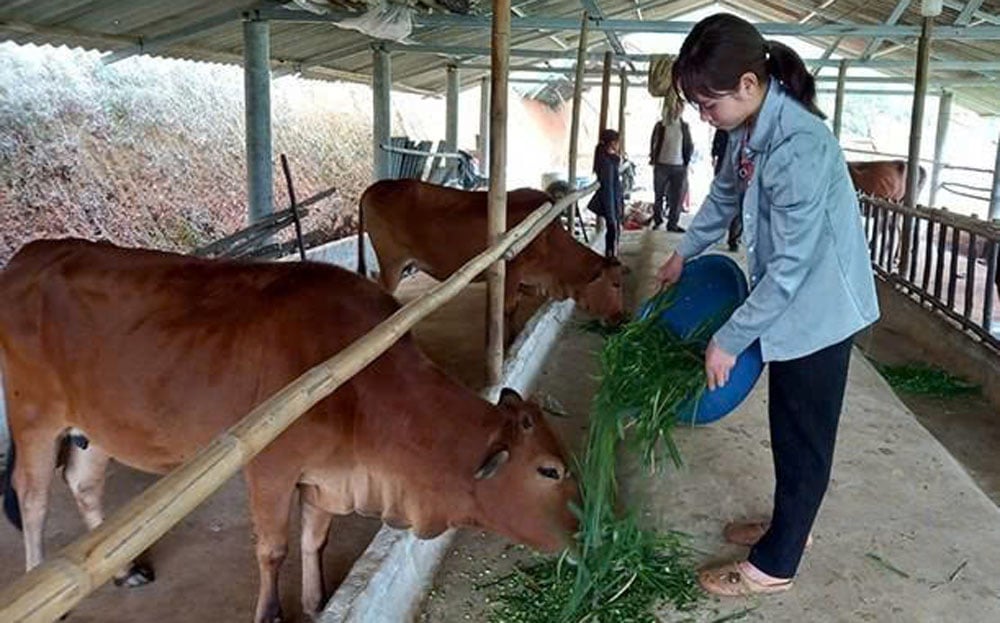
![[Photo] General Secretary To Lam receives Chief of the Central Office of the Lao People's Revolutionary Party](https://vphoto.vietnam.vn/thumb/1200x675/vietnam/resource/IMAGE/2025/5/30/140435f4b39d4599a3d17975dfb444c5)

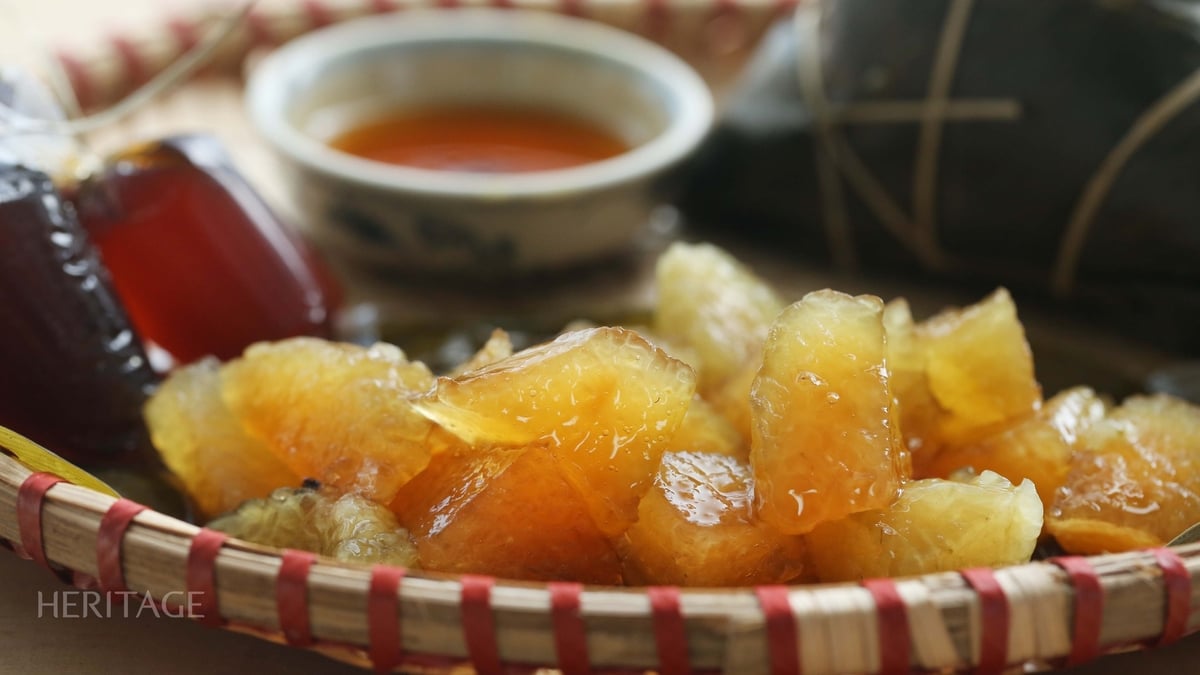





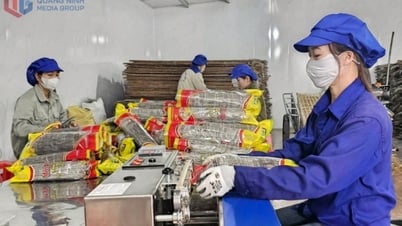

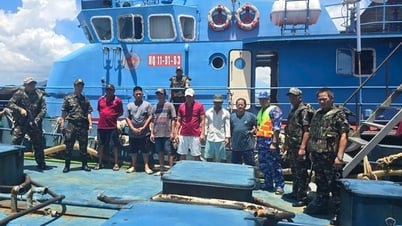

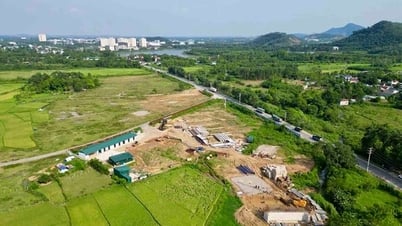
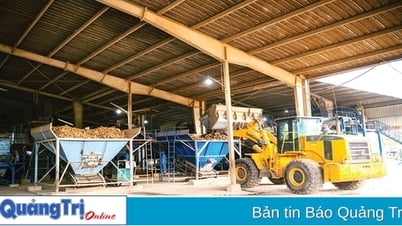










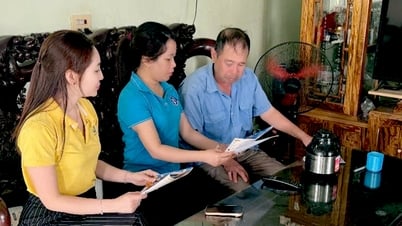
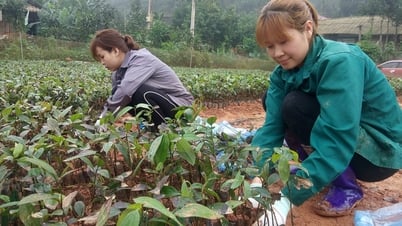
![[Photo] National Conference "100 years of Vietnamese Revolutionary Press accompanying the glorious cause of the Party and the nation"](https://vphoto.vietnam.vn/thumb/1200x675/vietnam/resource/IMAGE/2025/5/30/1cf6cd5c8a934ebfa347028dcb08358c)















































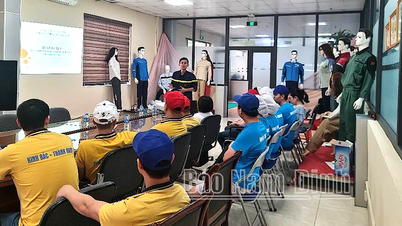

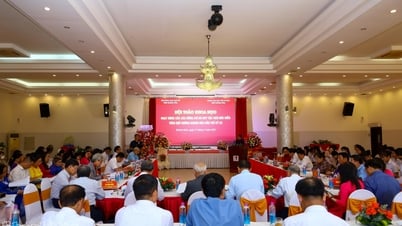















Comment (0)